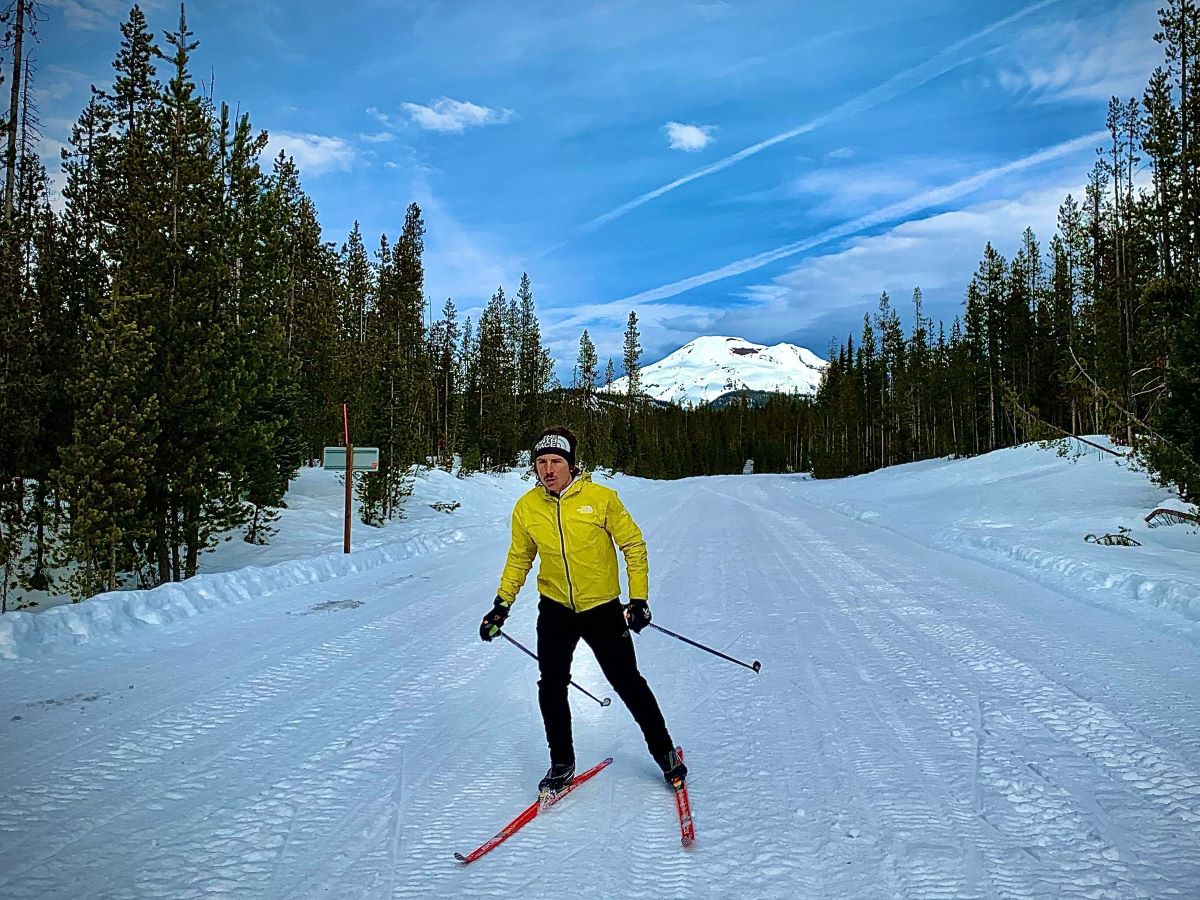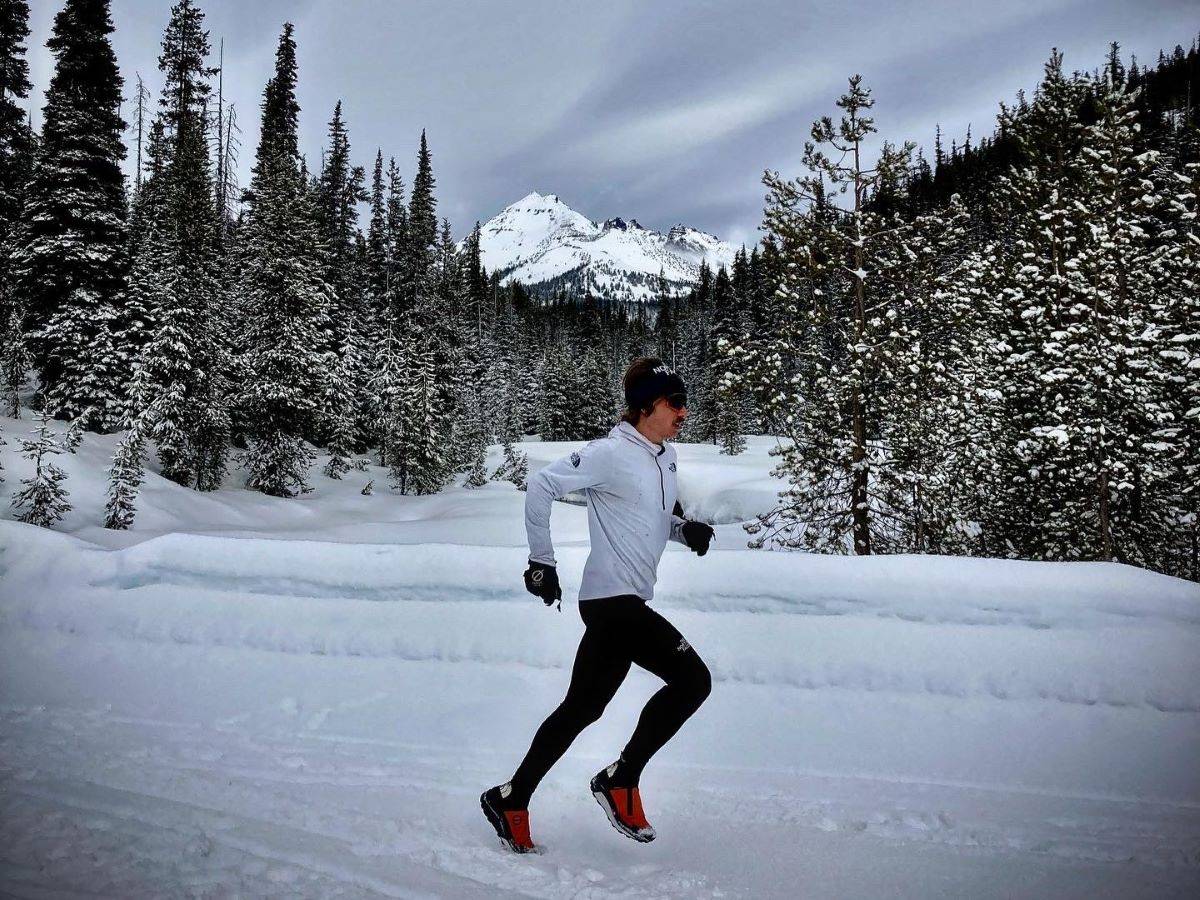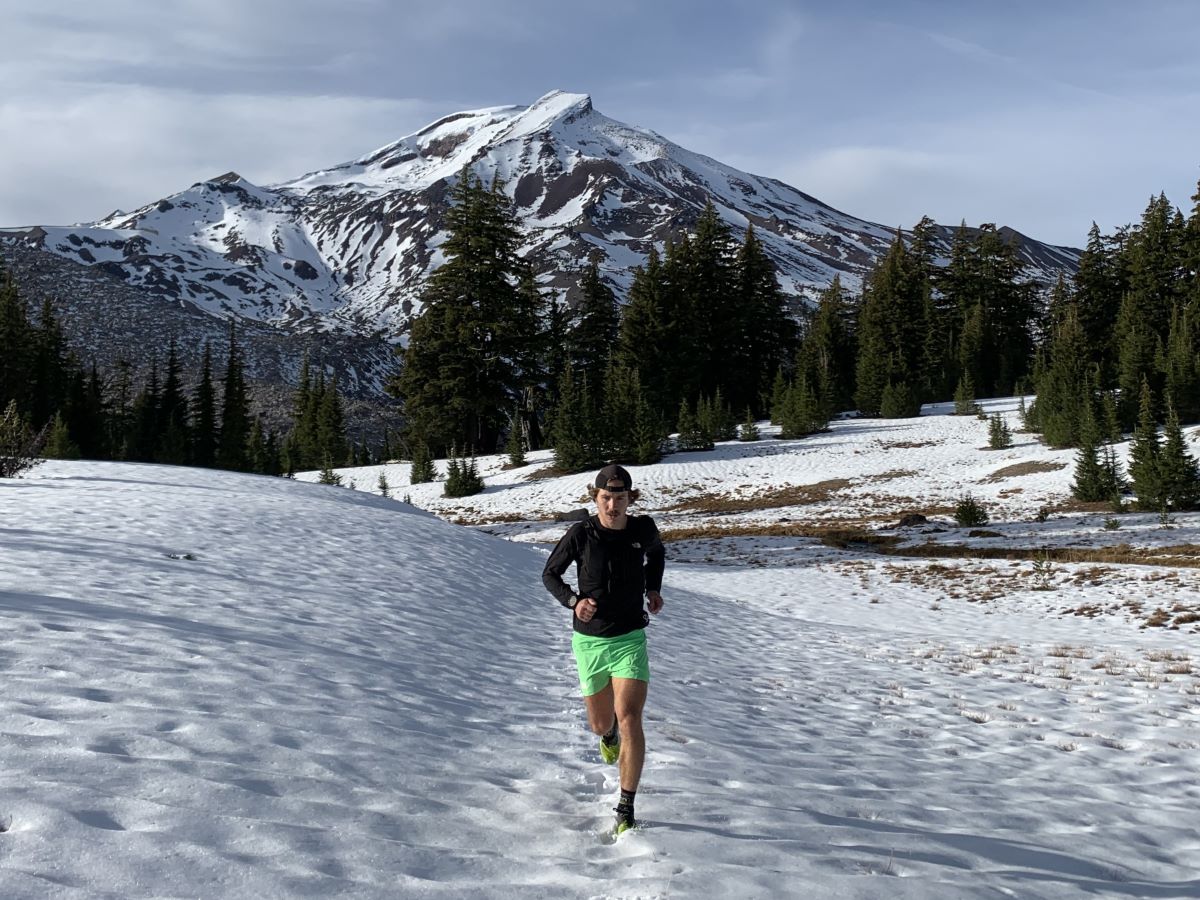Just the other day, I went for a run. It was late afternoon, or maybe early evening. To be honest, I’m not sure when the former ends and the latter begins. A quick Google search would likely quench my uncertainty, but I think I prefer to leave it a mystery. It seems more fun that way.
Definitions aside, I needed to know one thing: What time would the sun set? It’s mid-November currently and my watch told me that the sun would set a little before 5 p.m. It seems early. I thought about a headlamp and almost took it, and then decided not to. It was a bit of a gamble, but not having one encouraged me to stick to my 90-minute plan. I left it in the car and hit the trail.
The trail was covered in a thin layer of snow, hard-packed from those who had gone before me. I made note of the reduced traction and tried not to fall. Overall, it wasn’t bad, but I could sense the slip in my stride.
The following day I returned to the same trailhead and once again began my dance across the wintry trails. My engineer brain couldn’t help but engage. Five years of engineering studies in college and I’m stuck.
I thought about how to navigate the terrain best. The goal was to minimize slip and maximize my tractive force. Tractive force is dependent on three things: acceleration due to gravity, which is constant; mass; and the coefficient of friction between the surfaces that are in contact (the ground and my shoe).
What this means is that the more force you apply to the surface (your running shoe pressing against the snow) and the greater the coefficient of friction between the surfaces (your shoe and the snow/ice), the more tractive force you can apply. The more tractive force you can apply, the faster you can go.
Hence, as I run these wintry miles, my brain searches for two things: higher coefficients of friction and higher levels of force applied down through my running shoes and into the surface on which I am running. I can maximize the first of these factors by selecting shoes with good winter grip and planting my feet in parts of the trail with higher coefficients of friction (think hardpacked snow instead of pure ice). The second, however, takes a bit more skill.
To maximize the force that I apply down through my running shoes and into the ground, I need to keep my weight centered over my shoe. The more my weight is centered over my shoe and my leg is pressing down into the snow, the greater my tractive force will be. As I move forward through my stride, my weight will shift and my leg will apply a force at more of an angle to the surface I am running on, leading to less tractive force and a higher likelihood of slipping.
Of course, this shifting of weight as you move through your stride is an integral part of running, so we can’t avoid it completely. The trick is to pay attention and power through your stride in the moments when your tractive force is higher. You won’t always be at a point of maximum tractive force, but try to find that sweet spot, or rather that sweet range, in which your efforts are still resulting in efficient forward motion.
As we move into winter, it’s good to be practicing these skills. But coefficients of friction and applications of force are not the only things to pay attention to. Sometimes at this time of year, we can find ourselves slipping in other ways. For many in the Northern Hemisphere, the arrival of snow marks the end of a long season of racing and/or adventuring. After going hard for months on end, it’s not uncommon to be feeling worked and ready for a break. Just as your foot slips out on the wintry trails, so may your motivation to get out the door.
For some, the need is largely physical. For others, it may be more mental, and for many, it may be a bit of both. Whatever the feeling, don’t be afraid to address it. Stubbornly toiling away in a space that calls for rest is a lot like running through snow with an inefficient stride. The harder you try, the more you slip. It’s not that you’ve become a bad runner. It’s more that conditions aren’t right and your efforts are poorly directed.

The author embracing ski season. For many, it’s helpful to find alternative ways to move during the running off-season.
The dry trails and peaking fitness levels of summer/fall have come and gone. What’s left is a body that needs to be used a bit differently. Perhaps the stride gets shortened and the force reduced. Maybe the activity changes, trading the shoes for skis or some other medium.
For others, there is a need to do nothing at all: a complete rest and reset. Addressing this won’t look the same for every person. It shouldn’t and doesn’t have to. We are all different people and just as we train in different ways, we can also take breaks in different ways.
What you do is somewhat irrelevant. Just make sure to be attentive to your body and give it what it needs in each season. Even the timing of this can vary. Perhaps you started your season late and aren’t yet ready for a break. Or maybe your body requires more or fewer downtimes than others. There is no set rule. Just don’t be caught losing traction.
Call for Comments
- Do you take a break from running during winter? Or at any other time?
- If so, what do you do with all the extra free time?!


